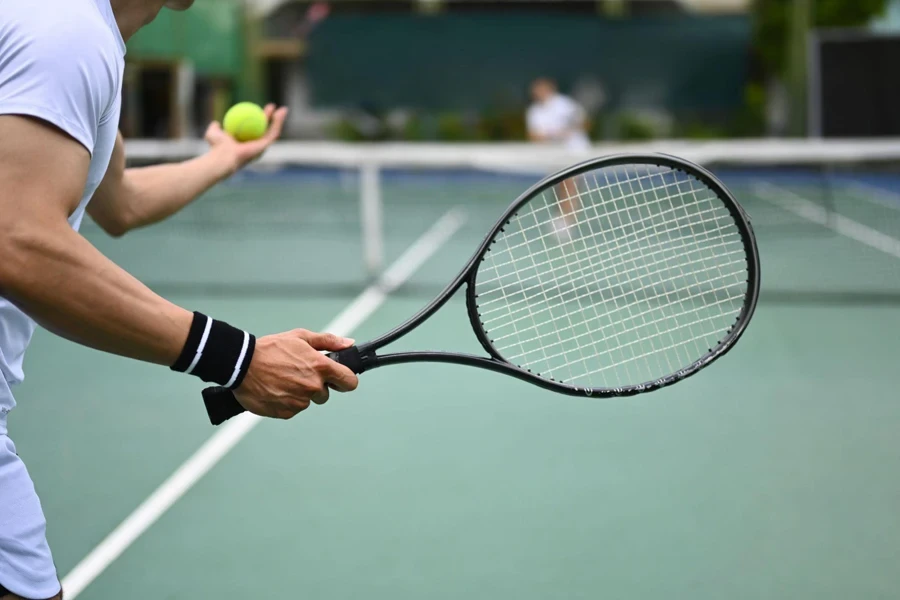Tennis: A Global Sport of Skill, Speed, and Strategy
Tennis is one of the most popular and widely played sports around the world. It combines athleticism, precision, mental toughness, and strategy—making it both thrilling to watch and challenging to play. Played professionally and recreationally by millions, tennis is a lifelong sport that spans generations and cultures.
From legendary players like Serena Williams, Roger Federer, Rafael Nadal, and Novak Djokovic to local community courts, tennis continues to grow in popularity as a sport for both competition and fun.
The Basics of Tennis
Tennis can be played in singles (one player vs. one player) or doubles (two players vs. two players). The game is played with a racket and a felt-covered rubber ball on a rectangular court, divided by a net.
Objective
Players aim to hit the ball over the net and into the opponent’s side of the court in such a way that the opponent cannot return it. Points are scored when the opponent misses, hits out, or makes a fault.
Scoring System
Points: 15, 30, 40, Game
A player must win by two points to win a game.
6 games win a set, and usually, 2 or 3 sets win a match depending on the format.
Court Types
Grass (e.g., Wimbledon)
Clay (e.g., French Open)
Hard (e.g., US Open, Australian Open)
Carpet/Indoor
Each surface affects the speed and bounce of the ball, offering different challenges to players.
Skills and Fitness in Tennis
Tennis requires a blend of:
Speed and agility
Hand-eye coordination
Strength and endurance
Mental toughness
Strategic thinking
Top players train year-round, focusing on technique, conditioning, diet, and mental focus.
Popular Tennis Tournaments
Tennis has four major Grand Slam tournaments:
Australian Open – Hard court (January)
French Open (Roland Garros) – Clay court (May–June)
Wimbledon – Grass court (June–July)
US Open – Hard court (August–September)
Other notable tournaments include ATP and WTA tours, the Davis Cup, Billie Jean King Cup, and the Olympics.
Health Benefits of Playing Tennis
Tennis offers many physical and mental health benefits:
Improves cardiovascular fitness
Enhances muscle tone and coordination
Boosts reflexes and flexibility
Reduces stress and anxiety
Encourages discipline and focus
It’s a full-body workout that can be enjoyed at nearly any age.
Conclusion
Tennis is more than a game—it’s a sport nouvelles of intelligence, resilience, and relentless pursuit of excellence. Whether you’re a beginner looking for a new hobby or an athlete striving for elite competition, tennis has something to offer. With global appeal and lifelong fitness benefits, tennis remains one of the most loved and respected sports worldwide.
Frequently Asked Questions (FAQs)
Can tennis be played at any age?
Yes! Tennis is suitable for kids, adults, and seniors. It can be adapted for different skill and fitness levels.
Do I need to join a club to play tennis?
Not necessarily. Many public parks have free or low-cost tennis courts. Clubs offer coaching and competitive play, but they’re optional.
What is the difference between singles and doubles?
In singles, one player competes against another. In doubles, teams of two compete. Doubles matches usually involve more net play and teamwork.
Which surface is best for beginners?
Hard courts are generally best for beginners due to consistent bounce and availability. Grass and clay require more specialized skills.
How can I get started with tennis?
You can start by taking a beginner class at a local club or community center, borrowing or renting equipment, and practicing with friends.

